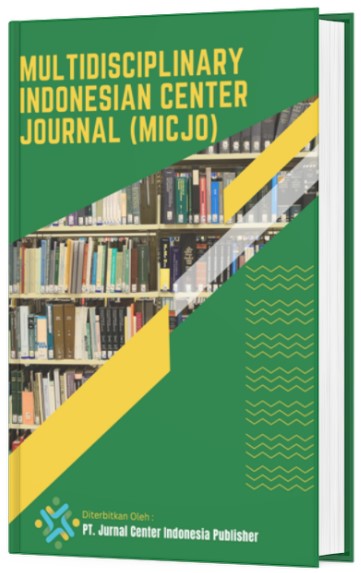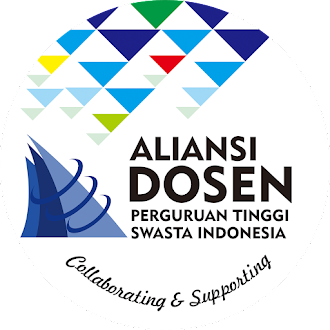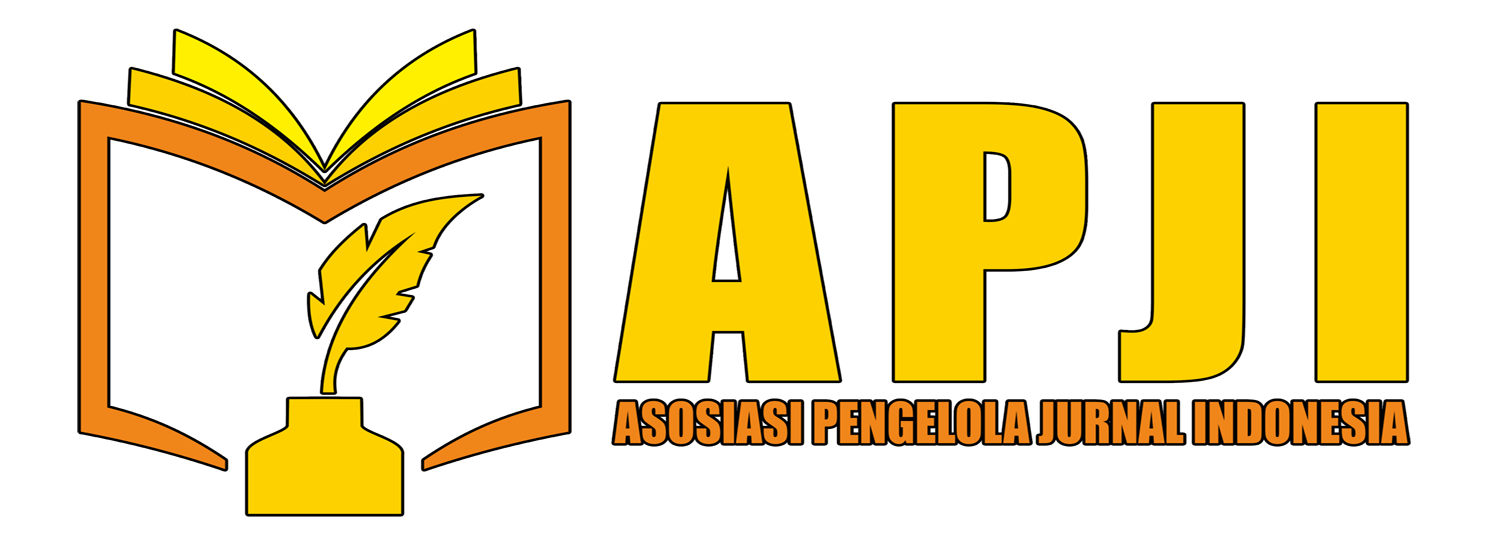THE QURAN AND EFFECTIVE COMMUNICATION STRATEGIES FOR INTER-RELIGIOUS TOLERANCE
DOI:
https://doi.org/10.62567/micjo.v2i3.756Keywords:
Al-Qur'an, Effective Communication Strategy,, Tolerance, Inter-religious,, Religious PeopleAbstract
Diversity is an inevitability that cannot be avoided. It is a sunnatullah that should be done without consent. When diversity is combined with various assumptions of truth, an intolerant attitude arises. This problem is caused by a misunderstanding of the message of religious tolerance, which causes its adherents to appear with different faces. Therefore, the Qur'an explains what tolerance really is in Islamic teachings. Based on this problem, the researcher is interested in conducting a comparative analysis of how the interpretations of Hamka and Ali As-Ṣabūnī are related to religious tolerance, as well as the strengthening of the socio-historical background of both of them towards this interpretation. This study uses a qualitative approach with a comparative study method. Data collection consists of literature studies and observations. Descriptive analysis is used in the comparative analysis method. Lucien Goldmann's genetic structuralism theory is one of the theories used to strengthen research as a surgical tool. This theory explains that a work or text is the work of its own author, along with the historical reality that conditions the emergence of the work or text. To improve the analysis of this research, discussions of scholars and interpreters of the verses of the Qur'an related to religious tolerance are also used. Research shows that Hamka and Ali As-Ṣabūnī generally agree that coercion in embracing religion is not allowed. However, Hamka directs the meaning of religious tolerance with the applicable conditions and limitations. This study also refers to the theory of genetic structure which states that the tendency of general and specific interpretations of poems on religious tolerance cannot be separated from the socio-historical context of each community in which the two figures lived. This assumption is that the works of the two figures are not only personal works, but also the works of their respective communities and the social and historical realities of their respective times.
Downloads
References
Abȗ Abdillâh Sufyân Ibn Said at-Tsauri, Tafsîr at-Tsauri , (Beirut: Darul Polar, 1983)
Abȗ Ja'fâr Muhammad Ibn Jarîr At-Tobary, Jami'u al-Bayân an Ta'wîl Al-Qur'ân, Juz 5, (Makkah : Dâr at-Tarbiyyah, t.th.)
Approaches to The Qur'ān in Contemporary Indonesia , ed. by Abdullāh Saeed (New York: Oxford University Press, 2005
Asep Saeful Muhtadi, Interfaith Communication, (Jakarta: Simbiosa Rekatama Media, 2019
Badudu, JS, Sutan Mohammad Zain. General Dictionary of the Indonesian Language , (Jakarta: Pustaka Sinar Harapan, 2001
Hamka, Memories of Life , Volume I, (Jakarta: Bulan Bintang, 1979)
Hamka, Tafsir al-Azhar , Volume 17, (Jakarta: Pustaka Panjimas, 1992)
Hasbi Ash-Shiddieqy, Tafsîr Al-Qur'ân al-Majîd al-Nȗr , (Semarang: Pustaka Rizki Putra, 2020)
Hello Liliweri, Basics of Intercultural Communication , (Yogyakarta: Pustaka Pelajar, 2003
Irfan Hamka, Father. (Jakarta: Republika Publisher, XX edition, 2022)
Lukman Hakim Saifudin , Diverse Muderation, (Research and Development and Training Agency, Ministry of Religion of the Republic of Indonesia, 2019)
M. Quraish Shihab, Tafsir Al-Misbah , (Jakarta: Lentera Hati, 2005), p. 385
M. Quraish Shihab, Tolerance, (Jakarta: Lentera Hati, 2022)
Machfoedz, Mahmud, Modern Marketing Communications , (Yogyakarta: Cakra, 2010)
Ministry of Religion of the Republic of Indonesia, Implementation of Religious Moderation in Islamic Education
Muhammad Ali As-Ṣabūnī, Rawa'i Al-Bayan (Beirut: Dar Ibn 'Abbud, 1972)
Muhammad Ali As-Ṣabūnī, Ṣafwah At-Tafāsīr, (Makkah: Dāru Shabuni, 2009)
Muhammad Sawir, Public Service Bureaucracy, Concepts, Theories, and Applications , (Yogyakarta: CV Budi Utama, 2020
Onong Uchjana Efendiy, Communication Science and Practice, (Surabaya: Remadja Karya CV, 1984
Quraish Shihab , Tolerance: Divinity, Humanity, and Diversity, Jakarta : Lentera Hati, 2022
Rusydi, Personality and Dignity of Buya Prof. Dr. Hamka . (Jakarta: Pustaka Panjimas, 1983)
Salma Mursyid, “The Concept of Tolerance (Al-Samahah) Between Religious Communities from an Islamic Perspective,” Jurnal Aqlam- Jurnal of Islam and PlurAality 2, no. 1 (December 2016)
SMSiahaan, Communication Understanding and Its Application , (Jakarta: PT BPK Mulia, 1990
Zuhari Misrawi, Al-Qur'an, Book of Tolerance, Islamic Thematic Interpretation Rahmatan Lil'alamin , Oasis Library, member of IKAPI Jakarta, 2010
Downloads
Published
How to Cite
Issue
Section
License
Copyright (c) 2025 Muhammad Rizkon, Muhammad Azizan Fitriana, Samsul Ariyadi

This work is licensed under a Creative Commons Attribution-ShareAlike 4.0 International License.


















